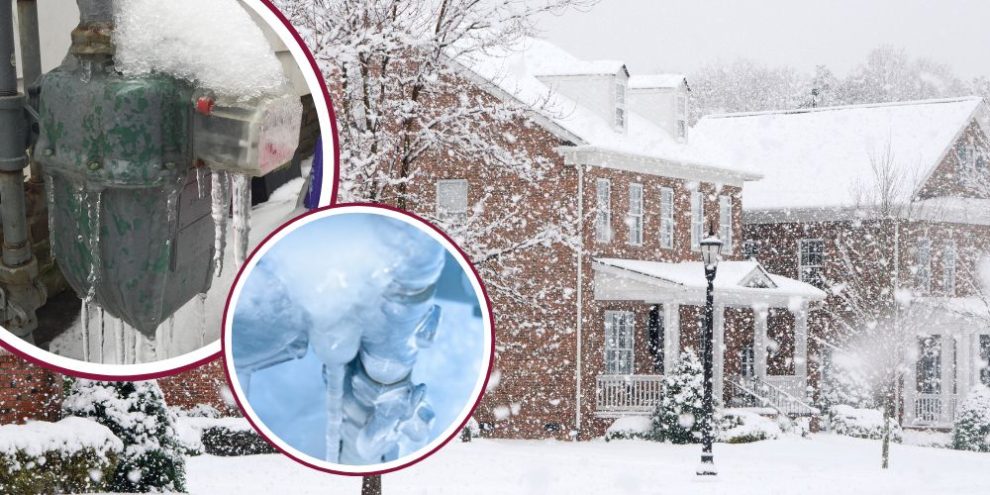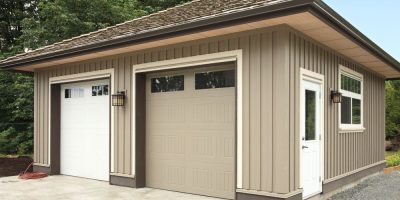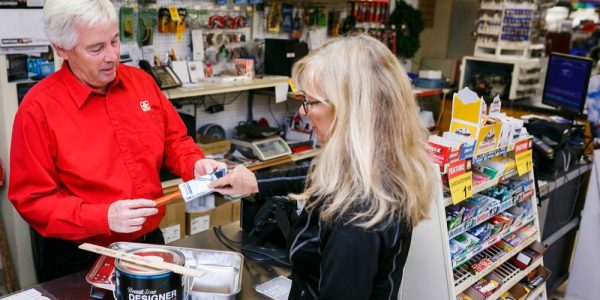
Winter in Canada means snow, ice, and freezing temperatures, but did you know that it also brings potential hazards to your home’s natural gas system?
Keeping your gas meter and appliance vents clear is crucial for safety, preventing service interruptions, and ensuring your appliances run smoothly.
Here’s what you need to know.
Why clearing your gas meter matters
Your natural gas meter, regulator, and appliance vents need to be accessible year-round, but winter weather can cause buildup that leads to safety risks. Snow, ice, and debris can also block vent and cause appliance malfunctions, as well as create dangerous situations like carbon monoxide buildup.
How to keep your gas meter and vents clear
Follow these simple steps to maintain a safe and functional gas system during the colder months:
- Clear Snow and Ice Gently: After a snowfall or storm, use a broom or soft brush to remove any snow or ice from your natural gas meter, regulator, and vents. Avoid using sharp objects, shovels, or blowers, as these can damage the equipment.
- Watch for Hanging Icicles: Large icicles forming above your gas meter or vents can break off and cause damage. Carefully remove them before they become a problem.
- Fix Leaky Eavestroughs and Exterior Taps: Water dripping onto your gas meter can freeze and create an ice buildup. Repair leaks as soon as possible to prevent this.
- Maintain a Clear Path: Ensure there’s a clear route to your gas meter for accurate readings and emergency access.
- Trim Back Plants and Shrubs: Keep the area around your gas meter free of landscaping obstructions to maintain accessibility.
- Make It Visible to Snowplow Drivers: If your gas meter is near a sidewalk or driveway, mark its location to prevent accidental damage from snow removal equipment.
By following these easy steps, you can help keep your natural gas system safe and efficient all winter long. Want to test your gas safety knowledge? Check out our short, interactive video for more tips!











